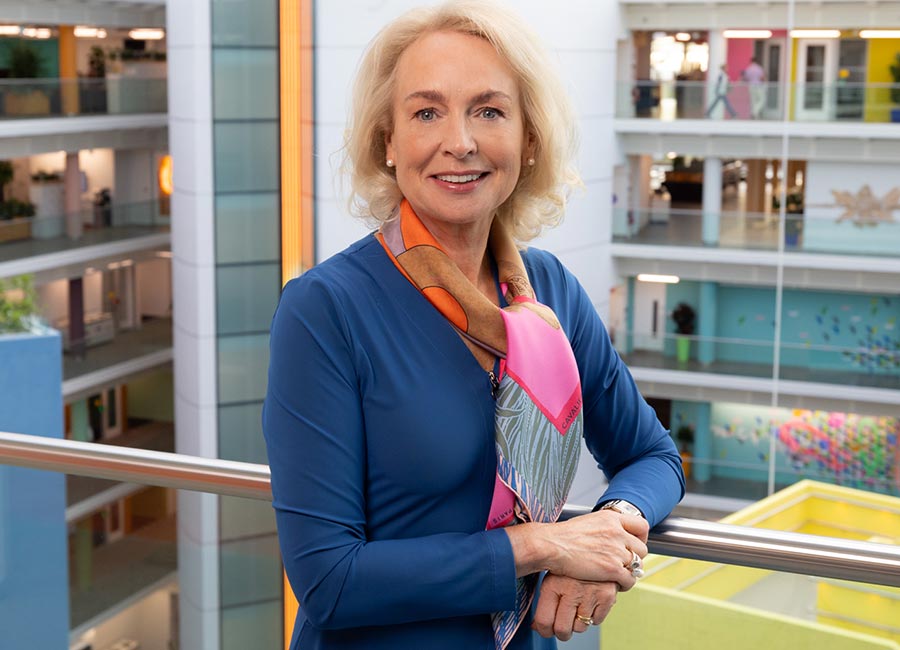The modular agency, if you will. Why should we bother? Today, brands have primarily two choices – they can work with their Agency of Record (AOR) or they can turn to specialists. Many times brands choose a middle path, working with a roster of agencies, mixing AOR or in-house with a number of specialist agencies.
The challenge with the two choices in digital specifically is that the AORs are generalists, typically slower and more expensive, with heavier organisational structures and processes, and quite often campaign driven.
The specialists, on the other hand, don’t always understand the communications problems or brand strategies, they’re difficult to manage, one set of specialists is rarely enough, work is typically project based, and output is defined by capabilities.
Sub Optimal
Brands end up with sub-optimal results, where their group of partners may fill individual gaps but they’re not working in harmony together as one. And it will only get worse over the years to come, where business needs continue to change and new specialist agencies pop up to answer the new needs, increasing the disjointed answer to the requirements of the brands.
What if we could change this? What if we could engineer an agency from the ground up to answer a brand’s needs with one voice, where everything is modular, built to change, and where the agency is designed to naturally fit within a brand’s existing ecosystem?
This is how we’re building Digital Arts Network. We believe the agency needs to be an agnostic, entrepreneurial and open system, to deliver an elegant solution to the AOR vs. specialist problem.
Going back a few years, we discussed advertising convergence from an online marketing perspective. While we have evolved over time in the industry, we still predominately find segregated solutions, through either digital-first networks, digital inside networks, specialists, collectives, boutiques, or consulting firms.
Where the modular agency differs, apart from being built from the ground up depending on the brand’s business needs, is that it incorporates not only their network of specialists, but also their own partners and services, the client’s partners and, not least, the client themselves – all working together in harmony and communicating as one.
+ Johan Sand is Head of TBWA's Digital Arts Network Dublin








